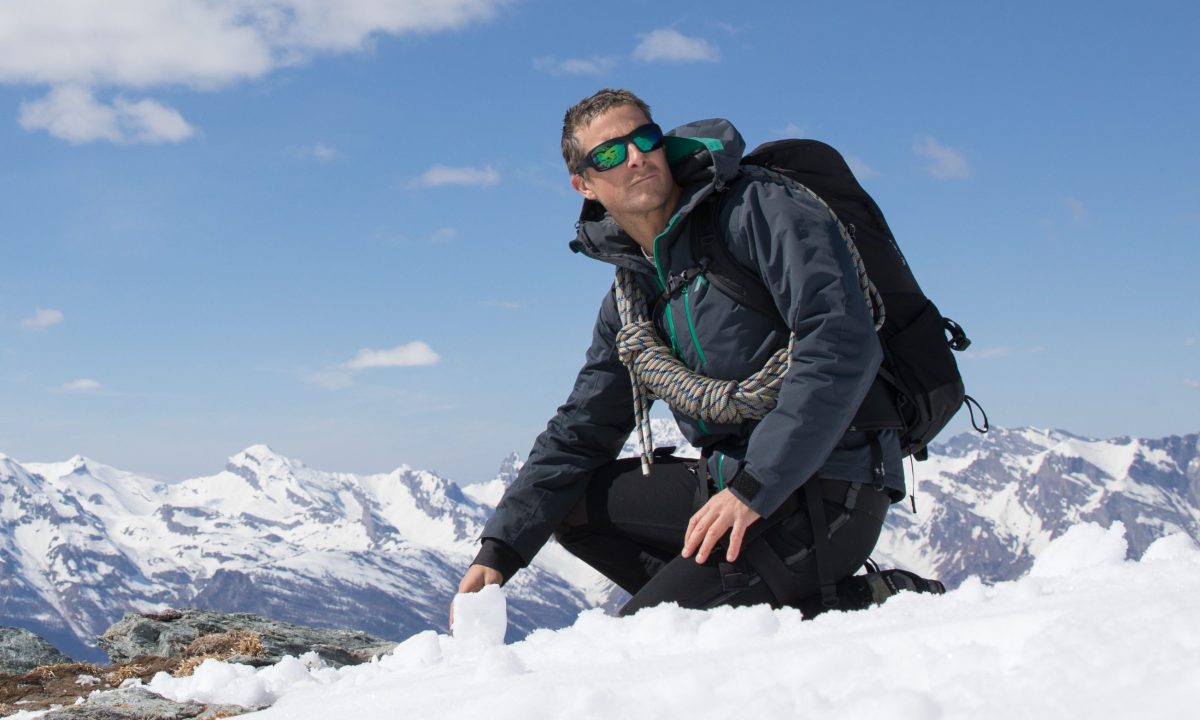

There exists countless situations where you may have to navigate across an icy surface. Some pleasant, like getting out for ice fishing. Others are less so, like the freezing temps that Bear Grylls had to survive in the grimmest place on Earth.
Videos by Outdoors with Bear Grylls
No matter the ice-related situation you find yourself in, safety is paramount. In his book, How to Stay Alive: The Ultimate Survival Guide for Any Situation, Grylls gave clear details on how to handle either.
“If you need to cross ice, for example, a frozen lake or river, be extremely careful,” he wrote. “The ice may well be strong enough to take your weight, but you can’t be sure so proceed with caution. Falling through into the water can reduce your core body temperature in minutes meaning your body can’t function and move as it usually does to get you out of danger. In this situation, literally every second counts and you must get out as soon as possible.
“Look for signs that the ice can hold your weight – if you see water near the edges, water moving under the ice, cracks or holes, AVOID at all costs. The likelihood is, this is weak ice and a small amount of pressure on it will have the whole thing shattering beneath you. Strong ice tends to have a blueish colour, no air bubbles under the surface and be clear of snow.”
Even if you are experienced in the outdoors, as Grylls is, it is best to proceed with caution.
There are three key points that you should always remember.
It bears repeating, that it is vital to use caution when crossing an icy patch. Grylls listed a couple of key do’s and do not’s for if you have to cross ice. These three are to be factored in once you are confident that it safe to be on the ice at all.
Still, approach each step with caution, Grylls wrote.
“Take small steps, testing the ice in front of you with a stick or your hiking poles before you move forward,” was atop the list. “If you have a backpack, keep it on one shoulder only so that if you do go in, you can remove it easily and use it as a floatation device. If you begin to see cracks appear, lie down slowly and spread your weight over as wide an area as possible.”









